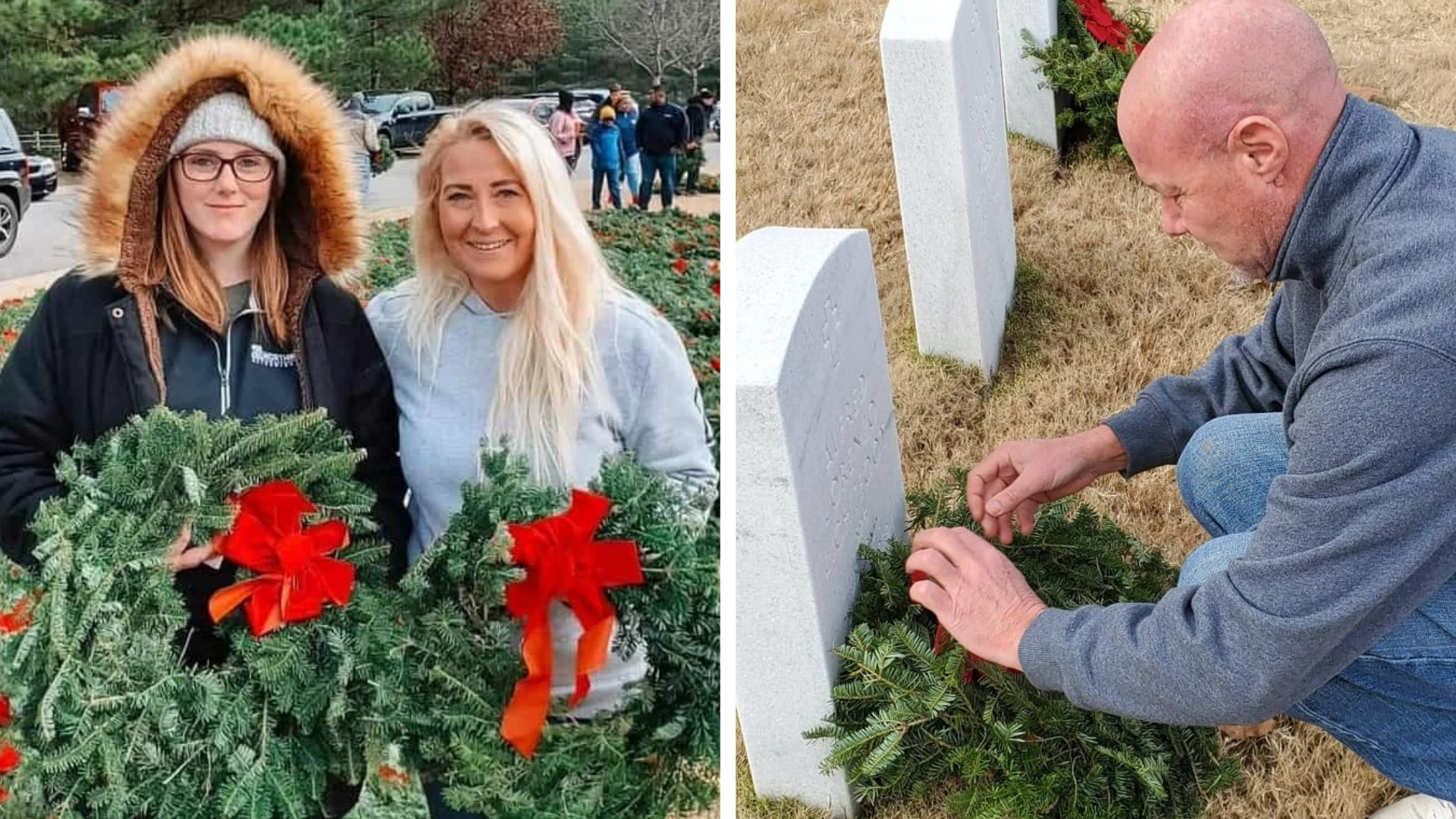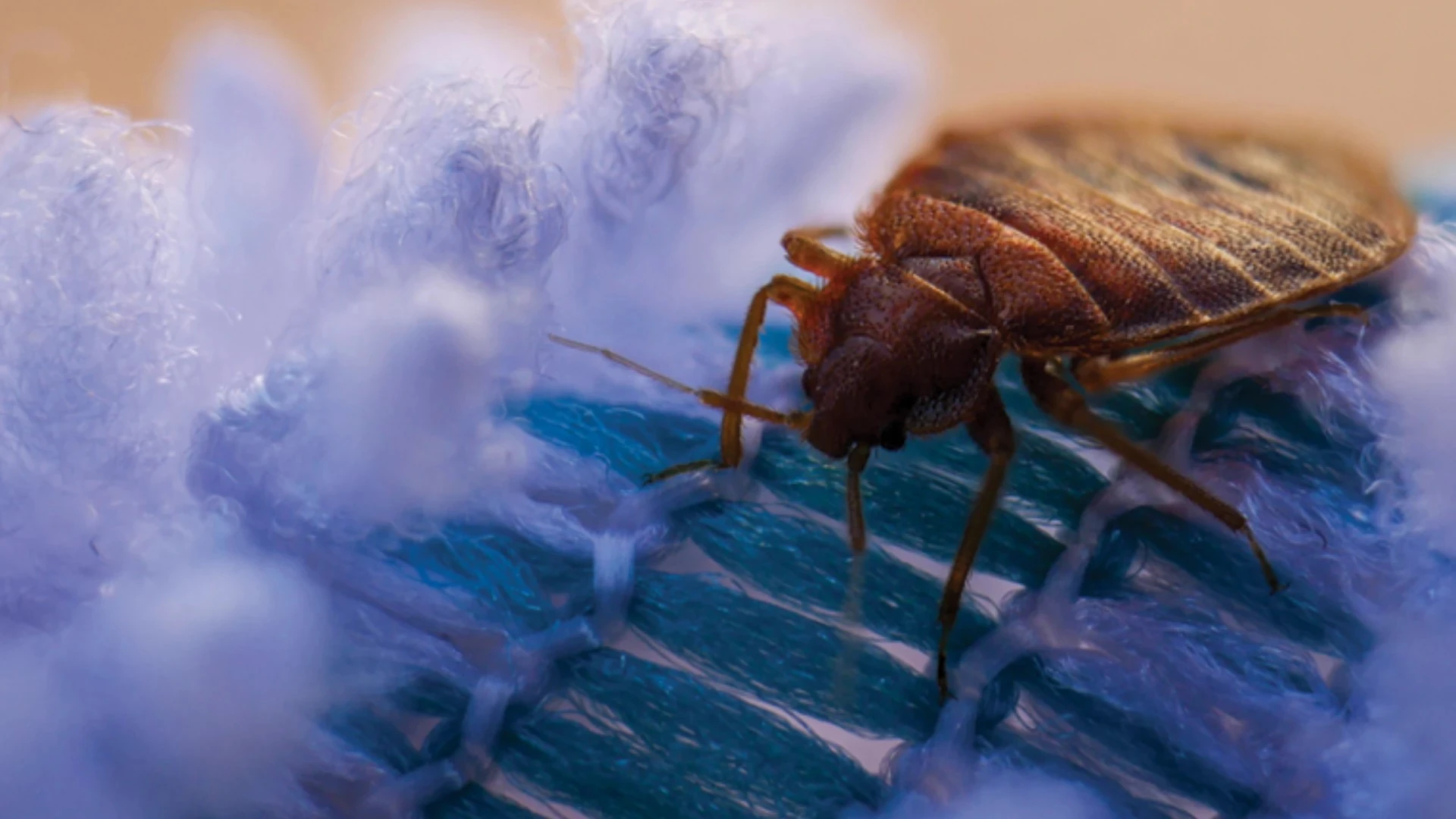Understanding the foraging behavior of carpenter ants is a critical factor in successful control of this common pest. Carpenter ants are most active at night, emerging just after dusk and then returning prior to dawn. While some foraging continues throughout the day, nighttime foraging protects workers from predators since daytime foragers are conspicuous by their size and are easy prey for birds, lizards, and other predators.
For many years, it was believed that carpenter ants did not follow established trails; however, research has demonstrated that carpenter ants, like other ants, do establish and use set trails. The most well-established trails are the "trunk" trails that are formed between the parent colony and satellite colonies. Other solid trails are established from the nest to stable food sources, such as aphids in a tree or a permanent trash container. Finding such trunk trails can be a key to successfully locating both parent and satellite colonies.
Camponotus modoc has been shown to make distinct, visible trails in lawns and landscaping areas from the main colony to satellite colonies. These trails are often well worn and up to two inches wide. Contrary to popular belief, trails are not necessarily above the ground as subterranean trails have been discovered by gardeners and termite control professionals when they dig in the soil. Typically, these subterranean trails follow tree roots several inches below the soil surface, but trails have been discovered as deep as four feet along tree roots. Sometimes, trails are underground to protect foragers from the heat and predators.
Carpenter ants will use both odor trails and landmark cues to orient themselves while foraging. At night, if enough light exists to create a silhouette of the tree canopy above, the varying patterns created by the canopy provide landmarks which can be used for orientation by these pests. Even better, a point of light, such as a porch light or a full moon, can be used as a landmark. In the absence of visible landmarks, workers will maintain contact with odor trails to ensure their direction.
For the pest management professional, the use of structural guidelines by worker ants is a more useful tool in determining carpenter ant trails. In a number of studies, carpenter ant trails were found to follow some sort of guideline, such as the edge of a landscape timber, a line of bricks on a wall, or even a garden hose. The foragers utilize such structural guidelines for most of the length of their trails. By focusing an inspection on available guidelines, carpenter ant trails may be more easily discovered and followed.
Foraging ants inside a structure may be originating from a colony located outside and no colonies may be located inside the structure. These ants will readily trail down cables, wires, and tree branches onto structures (where the branches brush against the roof or sides of the structure). Studies have shown that a satellite colony may be located away from the parent colony up to 750 feet, but 100 to 350 feet is not uncommon. Satellite colonies found in one home or yard, therefore, may be originating from a parent colony on a neighboring property.
THE FIRST STEP. Identifying trails with the goal of treating the nest requires a thorough inspection, aided by the proper use of the latest inspection tools.
A moisture meter can be a particularly useful tool when inspecting for carpenter ants. Wall voids or wood which read more than 20 percent moisture content are potential locations for carpenter ant colonies.
Another important tool for locating carpenter ants is a stethoscope. Carpenter ants make noise which sounds like crinkling cellophane as they move about in their colony. This sound is easily heard using an inexpensive stethoscope and even more easily detected using an electronic stethoscope. Key voids to listen into are those beside fireplaces, those under windows, those around skylights, and those which contain 20 percent or higher moisture content. Any suspect wood may also be examined using the stethoscope. Before listening to an area where carpenter ants are suspected, tapping on the wall or wood will excite the ants, making them easier to hear.
During the daytime, binoculars can be useful to see workers trailing down wires into the structure and also to look for signs of moisture damage along the eaves and soffits of buildings. Signs of water leaks or moisture damage, such as molds, peeling paint, warped boards, and water stains should be examined more closely.
Infrared cameras are being researched as tools in locating termite activity and sources of other pests. Such devices are effective at showing areas holding excessive moisture, thus indicating sites that require closer investigation.
IDEAL INSPECTION TIME. Most carpenter ant inspections are performed during the daytime when carpenter ant activity is at its lowest point. The reasons for this fact are varied, but the primary reason is that few professionals desire to perform nighttime residential work. In addition, homeowners may not want a nighttime inspection performed, especially if an added charge is associated with the service. Another reason is that carpenter ant inspections are generally performed before a service agreement is confirmed with the homeowner. What professional wants to find the ants for free so the customer can possibly secure a less expensive pest control company?
Still, nighttime at about dusk is the best time to inspect for carpenter ants. The service may be sold with the primary inspection and service to be provided after dusk. At the very least, any chronic carpenter ant infestation that has eluded control efforts should have a nighttime inspection performed to pinpoint the location of the colonies involved.
A nighttime inspection may start at sunset and results may even be better a little later in the evening. The inspection should begin by focusing on structural guidelines on the building itself to find foraging ants, particularly along the soffits of a home. Patios, fences, landscape timbers, and tree trunks near the building are also good sites to pick out foraging workers.
Once workers are found, they can be followed. The ants should keep in contact with edges, corners, and other structural guidelines. A good inspection tip is to offer the ants pieces of freshly killed (frozen) insects, such as crickets, or a dab of honey. Foragers will pick up pieces of the insect and head back to the colony. Over a period of a half hour or more, the foragers may recruit other workers to the food source, thus establishing a more easily followed trail. In this case, considerable food should be available to entice the ants to recruit to that site.
CRITICAL INSPECTION POINTS. When looking for carpenter ants during the daytime or with a flashlight in the evening, structural guidelines should remain a focus of the inspection. Edges of sidewalks, fences, decks, and fascia boards will often have ants trailing along them. By following the structural guidelines as they connect with one another, the trail may be more easily followed.
Water stains on roofing boards in attics are a sign that a roof leak has occurred at some point, and carpenter ants could be living in these boards. Fungi or molds growing on the surface of wood in crawlspaces or attics are a sign of high moisture content in the wood. This usually occurs when the attic or crawlspace is poorly ventilated.
If insulation is present covering the box headers and subflooring in basements and crawlspaces and the area is moist and poorly ventilated, carpenter ants will build nests behind the insulation. This also can occur in an attic, especially when it is poorly ventilated. Even dry insulation, however, can be a site for a satellite colony.
When inspecting outside, look at the fascia boards along the roof line and the soffit boards under the eaves of the roof. Is the paint peeling? Does the wood appear to be rotting or is fungi present on its surface? If any of these are present, the soffit areas are most likely moist, and the boards in the areas contain a high level of moisture. These usually occur when the attic is poorly ventilated or the rain gutters are clogged with debris or leak.
Flat roofs are prone to problems with water leaks. These roofs may take more time to inspect. A moisture meter is handy in determining where leaks may be present or have occurred in the past.
Hollow porch columns are common sites for carpenter ant activity. Check the base plate of each column for moisture damage. A flushing agent, such as pyrethrum, can be applied into cracks in the column to flush out any ants that might be present. Any other outdoor wooden items such as decks, fences, and hot tubs should be inspected.
When inspecting, piles of "sawdust" will be a key indicator of activity, but not all sawdust is from carpenter ants. Carpenter ant "sawdust" will contain pieces of dead ants. When encountering a pile of sawdust, look directly above the pile for holes drilled by workmen (indoors) or by carpenter bees (outdoors). Sawdust made by workmen drilling holes for pipes or wires consists of large pieces. Sawdust created by carpenter bee activity is clean, uniform in size and may contain streaks of yellow from flower pollen collected by the bees.
If the structure has a chimney, it is important to inspect the walls on either side of the chimney for carpenter ant colonies. This is best done using a stethoscope. The flashing around the chimney on the roof is sometimes incorrectly installed and allows moisture into the walls beside the chimney.
Skylights in the ceiling of a home often develop leaks as they get older. The ceiling on all sides of the skylight should be checked using a stethoscope and moisture meter.
Firewood, tree stumps, dead tree limbs, and landscape timbers outside must be inspected for activity. Sawdust may be present beside the firewood, stumps, or landscape timbers. In many cases, the sawdust is deposited beneath the timbers so these should be lifted, where possible, to inspect underneath. Deck posts, fence posts, and porch railings also require inspection.
Foraging workers on tree trunks may indicate a colony located somewhere up in the tree. Tree limbs which brush against the walls or the roof of the structure should be inspected for workers trailing onto the structure. Colonies should be sought in tree holes and accessible dead limbs in such trees. Firewood stored indoors or against the home outside must be carefully inspected.
CONCLUSION. Understanding the biology and behavior of structural pests is essential for successful control. This is especially true of carpenter ants, which are particularly hard to control due to their nocturnal nature and diverse diet. That’s why after repeated callbacks, a nighttime inspection may be just what the doctor ordered, providing the necessary answers to resolve the problem once and for all.
The author is technical director of Terminix International, Memphis, Tenn.
****
It Doesn‘t Hurt to Ask
Key questions you should ask a customer before beginning the inspection.
The first step to take when inspecting for carpenter ants is questioning the customer about the infestation. But where do you begin? Stoy Hedges, technical director of Terminix International, offers the following suggestions:
- Have you had any water leaks in the past several years? This is important because carpenter ants frequently nest in moist wood and voids. Areas where leaks have occurred in the past should be checked first.
- Is any firewood stored inside or outside the home? Carpenter ant colonies are often carried into structures inside firewood.
- Has the structure experienced problems before with carpenter ants? Often, when previous treatments were completed for carpenter ants, colonies were overlooked or new satellite colonies moved in because the parent colony had not been eliminated. Areas where previous colonies were discovered should be inspected.
- Where are ants seen most often? In which room(s) is the most ants seen? The area where ants are seen most often is usually near the areas where the colony is located.
- Are ants seen inside when the weather is cool outside? Carpenter ants do not forage when the weather is cool outside so any ants crawling about inside on cool days are likely from a colony located indoors.
- Have any little piles of "sawdust" been seen? Piles of sawdust which keep appearing after being cleaned up are an indication of a carpenter ant colony.
- Have any rustling noises been heard coming from walls? At night when the house is quiet, the movement of ants in walls are sometimes heard by homeowners.

Explore the February 2010 Issue
Check out more from this issue and find your next story to read.
Latest from Pest Control Technology
- Rentokil Terminix Expanded in Key Markets with 2024 Acquisitions
- In Memoriam: Joe Cavender
- Certus Acquires Green Wave Pest Solutions
- Liphatech Adds Alex Blahnik to Technical Team
- Do the Right Sting: Stinging Insect Identification, Management, and Safety
- VAGA's 8th Annual Veterans Thanksgiving Appreciation Dinner
- Clark's Blair Smith on the Response to Increased Dengue Fever Cases in Southern California
- WSDA, USDA Announce Eradication of Northern Giant Hornet from U.S.





